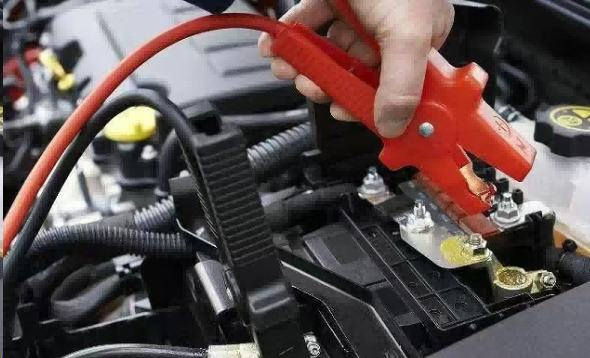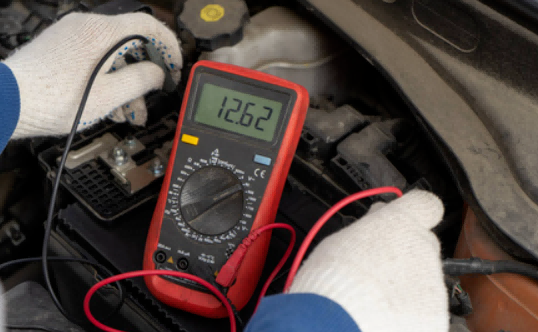How Many Volts Is a Car Battery? Car Battery Voltage, Lifespan & Replacement Guide

Most of us buy a car just as a way to get around. Some people know every little detail about their vehicles, while others think driving simply means starting the engine and hitting the road. But if you own a car, it’s worth knowing how its main components work — especially the car battery. It’s what keeps your car running smoothly and safely.
So today, let’s talk about how to maintain your car battery, how to check if it’s dying, and when it’s time to replace it.
1. How Long Does a Car Battery Last?
A typical car battery lifespan is around 27 months—that’s just over two years. For regular family cars that aren’t used heavily, a new battery can last 3–4 years. However, once you’ve replaced the original one, the next battery usually lasts about 2 years.
For vehicles that are used frequently, like taxis or delivery cars, the battery may only last 8–12 months because of the constant starts and stops.
2. How to Tell If Your Car Battery Needs Replacement
① Check the battery’s appearance
Look for any swelling, bulging, or leakage on the sides of the battery. Also, check the terminals — if you see white or greenish powder around them, that’s corrosion caused by oxidation. A new or high-quality battery usually won’t have this issue. If you do notice it, your battery’s performance may already be declining.
② Check the battery indicator
Many maintenance-free batteries come with a built-in indicator window that shows different colors:
- Green – battery is charged
- Yellow – slightly discharged
- Black – low voltage or near failure
Use this as a reference, but always combine it with other checks to get an accurate reading.
③ Measure the car battery voltage
Use a voltmeter or multimeter to test the voltage:
- Normal (no load): around 12.6–13V
- Under load: shouldn’t drop below 12V
- During engine start: shouldn’t fall below 9.5V
If the voltage is consistently low, your car battery may be dying — which can cause hard starts or even prevent the car from starting altogether.

3. How to Properly Maintain a Car Battery
① Make sure the vent holes are open
Car batteries have small vent holes on the top. If they get blocked, hydrogen and oxygen gases can’t escape, which can lead to swelling or cracking of the battery case.
② Handle the electrolyte correctly (for non-sealed batteries)
If you need to add electrolyte, shake it gently before pouring. Avoid spilling it on your hands or clothes, and fill it only 10–15 mm above the plates (or between the red lines, if marked).
③ Keep the inside clean
Never drop foreign objects into the battery. If something falls in, use a wooden stick to remove it — never metal tools like wires or tweezers. Metal can react with the acid and cause self-discharge, damaging the battery.
4. Habits That Shorten Car Battery Life
Your car battery lifespan depends not only on its quality but also on how you use it. Here are some common habits that damage batteries:
- Using electronics with the engine off: Listening to music or running the A/C when the engine is off drains the battery fast. Do this often enough, and you’ll end up with a dead car battery that can’t start your car.
- Forgetting to turn off lights or accessories: Leaving your headlights, interior lights, or chargers on overnight is one of the most common reasons for a drained battery.
- Letting the car sit unused for too long: Even when your car is off, the battery slowly self-discharges. If you don’t drive for weeks, it can lose enough charge that it won’t start the next time.
- Not turning off the A/C before shutting down: When you restart the car next time, the A/C kicks on immediately, putting a heavy load on the battery. Over time, this habit can shorten its lifespan.
Your car battery is essential for starting the engine and powering everything inside the vehicle.
It’s not fragile, but it does need some attention. By understanding how many volts a car battery should have and following good maintenance habits, you can avoid breakdowns and extend its life.
If your battery often loses charge or struggles to start the car, it might be time for a replacement — or even an upgrade to a more reliable lithium car battery for better performance and longer life.

